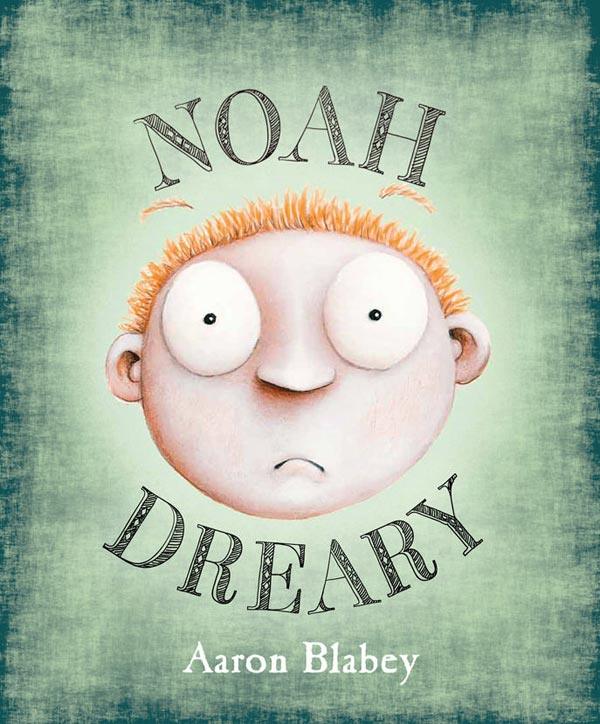S. F. Williamson, A Language of Dragons, HarperCollins Publishers, January 2025, 480 pp., RRP $19.99 (pbk), ISBN 9780008652296
S. F. Williamson’s passion and curiosity for languages inspired this beautiful read. Having envisioned languages as creatures filled with life, at a young age, the author has made this a reality in her debut novel. Williamson has extracted the essence of language – ideas, traditions and people and infused them into reptilian giants – dragons. I love the historical fantasy especially when romance and dark academia is woven into every page. The writing style was exceptional, with shorter chapters which create a brisk, fast-paced rhythm that mirrors the growing tension and action unfolding within the story.
In today’s world, marked by ongoing wars and political tensions, the novel stands out with its dystopian setting, offering a thought-provoking exploration of a society grappling with similar struggles of conflict. From the first chapter, readers are thrust into a perilous world where our flawed protagonist – Vivien Featherswallow, unintentionally breaks the tenuous peace agreement between dragons and humans. Set in 1923, an alternative London, where dragons and humans coexist in the aftermath of WW1 we are introduced to the power of languages, intrigue and political subterfuge.
I thoroughly enjoyed this read and deeply invested in Vivien’s character development and her journey. Vivien starts as a focused teenager with a simple yet orderly outlook on her future – following all the rules and securing a spot in a summer internship studying dragon languages. However, at a tense dinner party, her meticulously planned life unravels before her eyes. Vivien’s family all become imprisoned, and her younger sister goes missing. With everything taken from her, Vivien’s single focus must shift to saving her family.
As Vivien works hard to succeed in her mysterious job at Bletchley Park to save her family, she begins to realise the nature of the peace treaty is far more complicated than she ever imagined. Like many teens coming of age, Vivien is often unable to oversee the consequences of her actions making her appear naïve and selfish. Yet, as the story unfolds, Vivien learns that the sheltered world she grew up in is nothing more than a façade, masking the war she is now embroiled in. Through her journey, Vivien gradually sheds her self-centredness and emerges as a strong, more self-aware character. She mends her relationships and grapples with themes of disparity, redemption, justice and romance.
The decision to keep character development and event depth minimal was initially unsatisfying, however, it has laid a strong foundation for future instalments. It is clear that there will be a series of books to elaborate on both Vivian’s character development, and this refreshing, imaginative world-building for which as a reader, I am excited.
I highly recommend this novel and commend William on such an impressive debut.
Reviewed by Anna Tran





